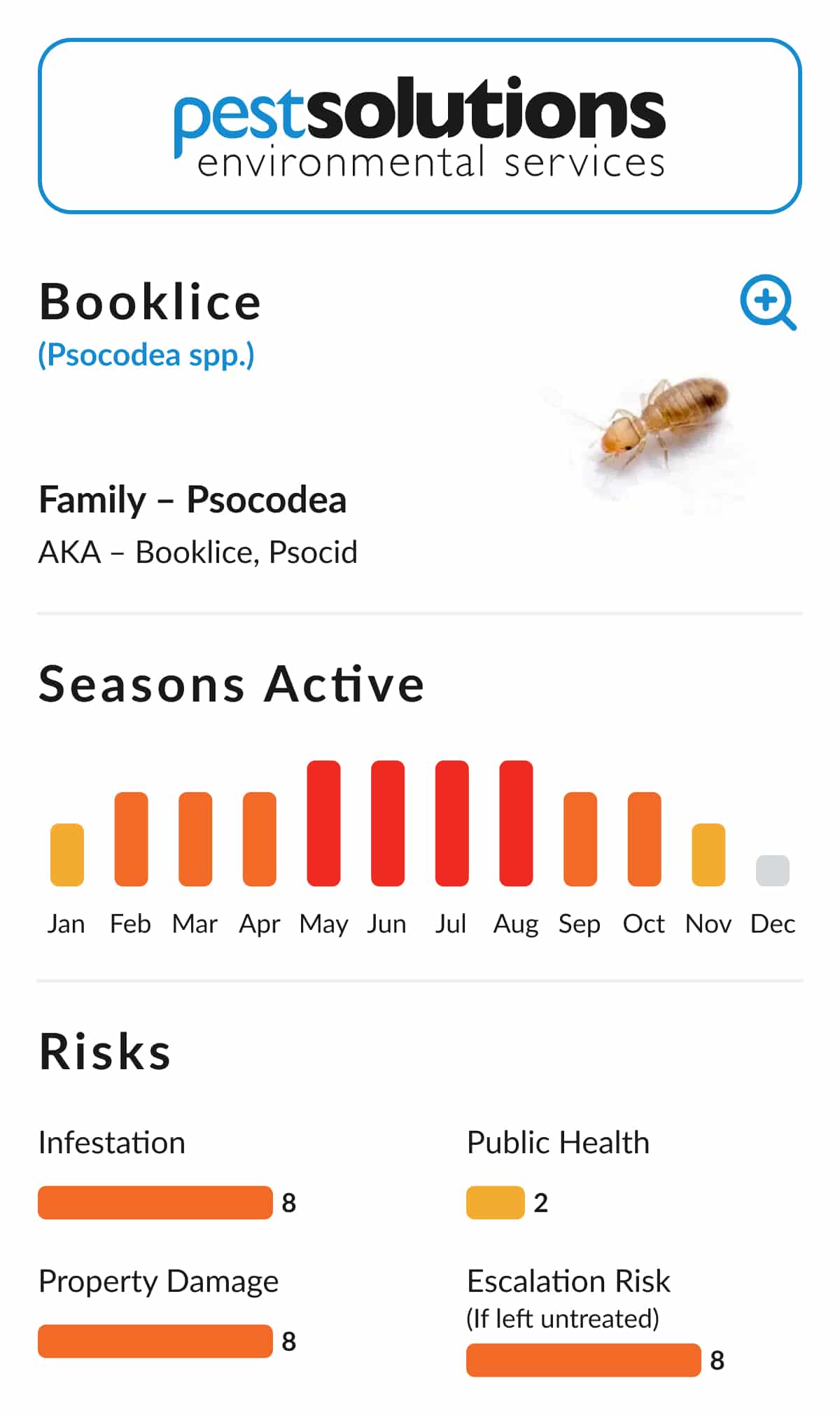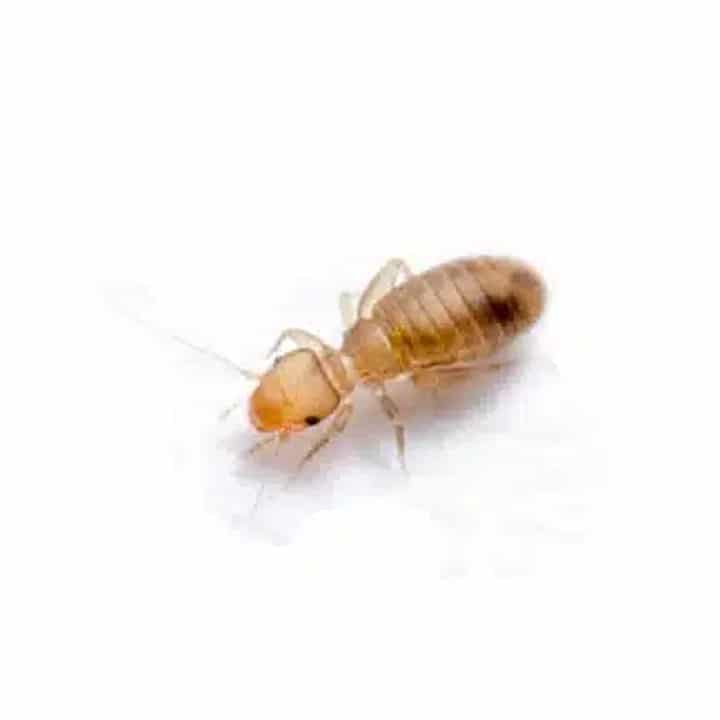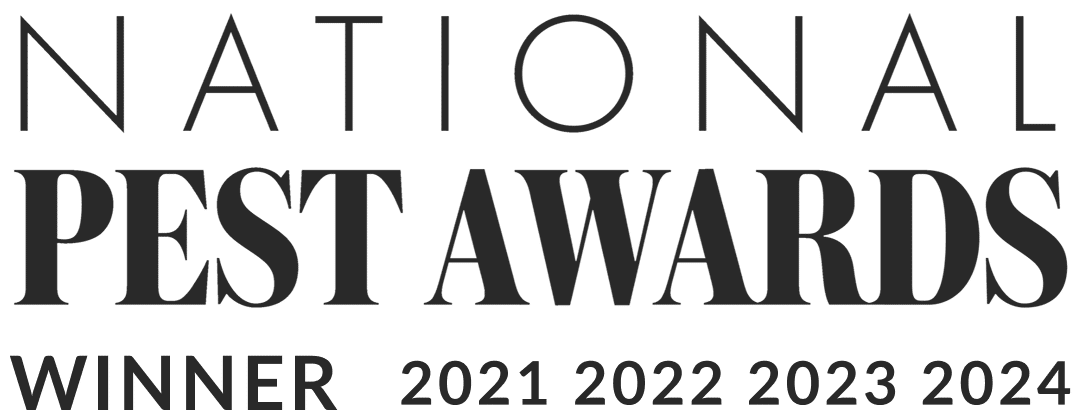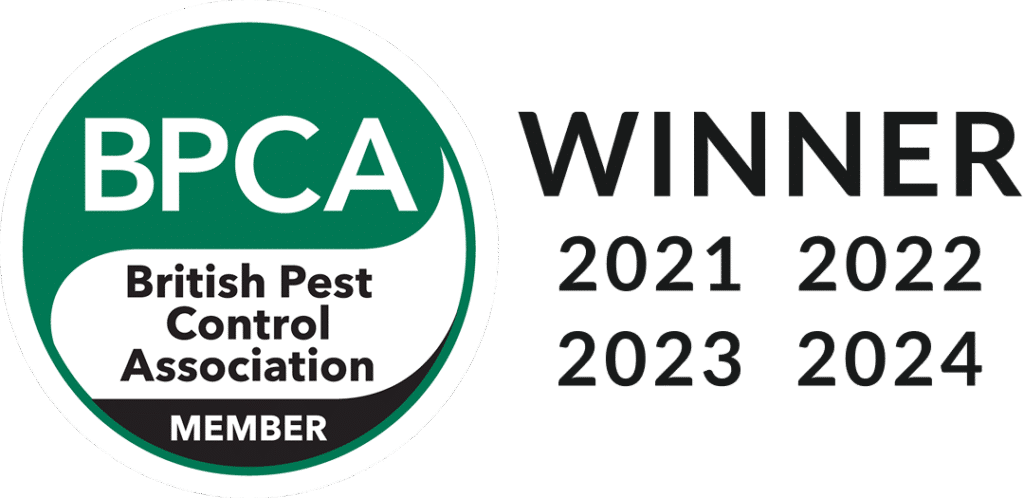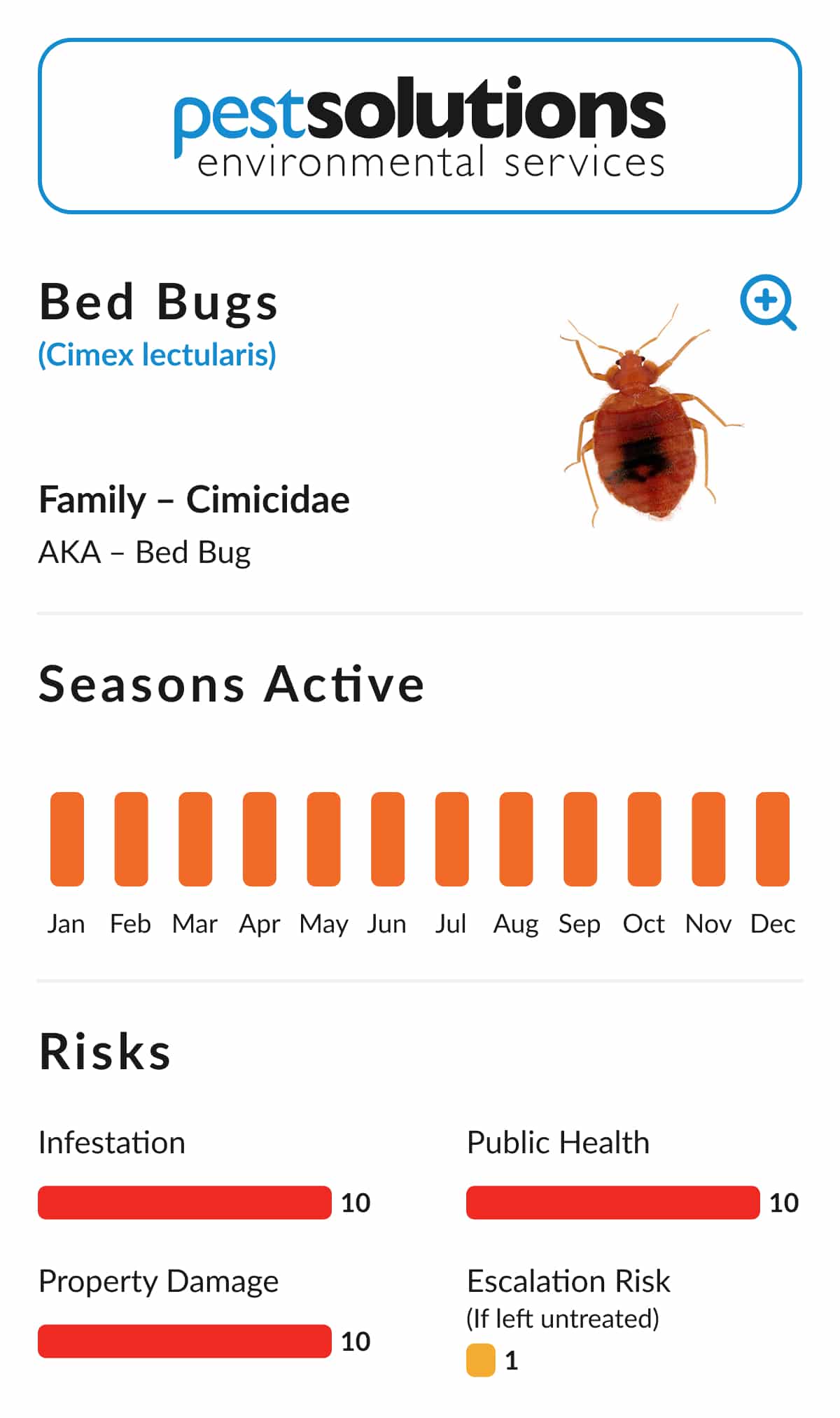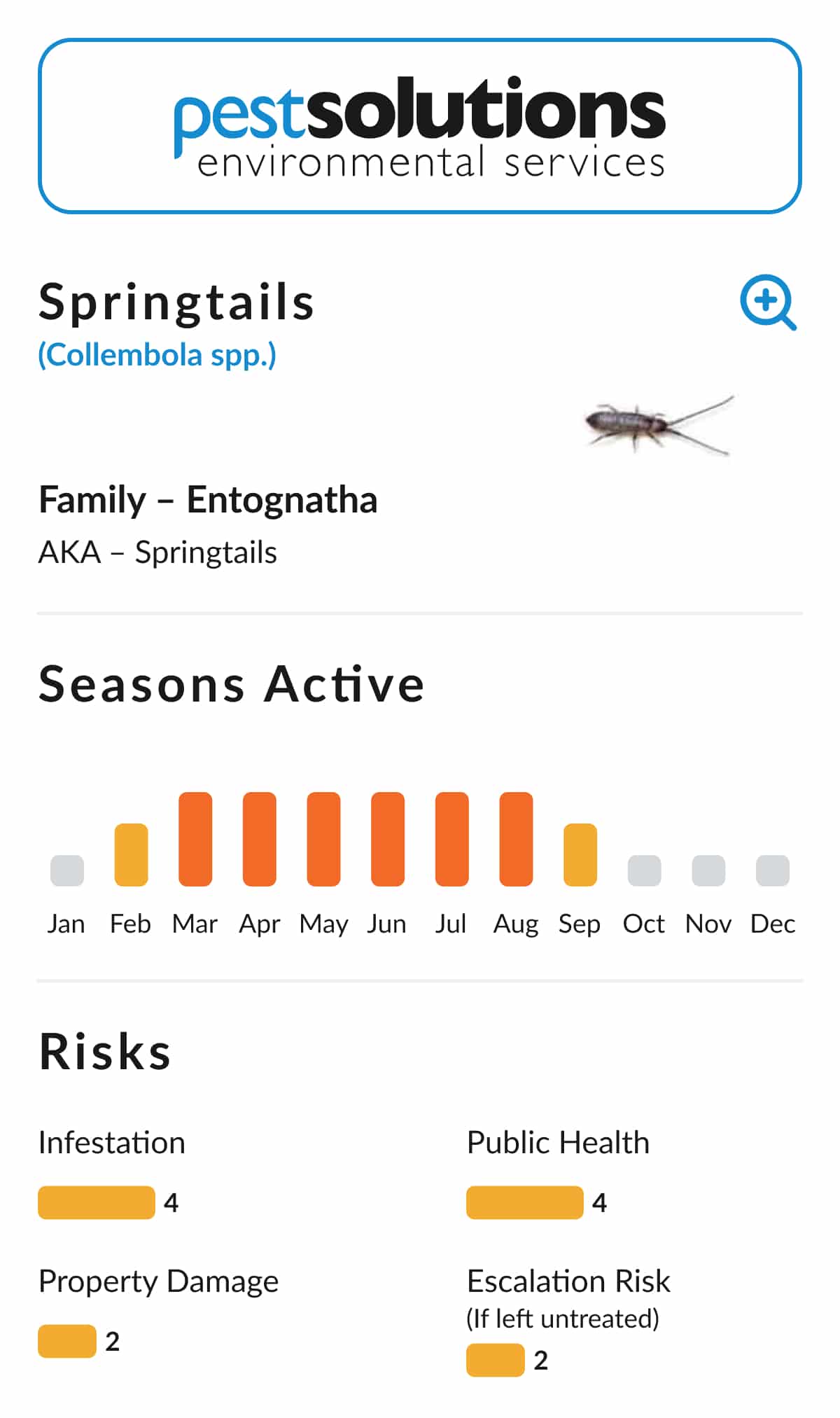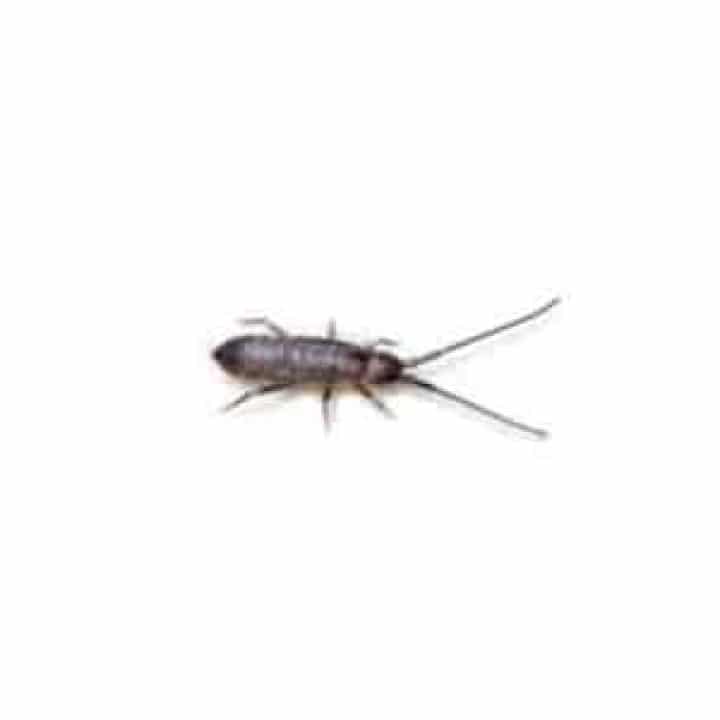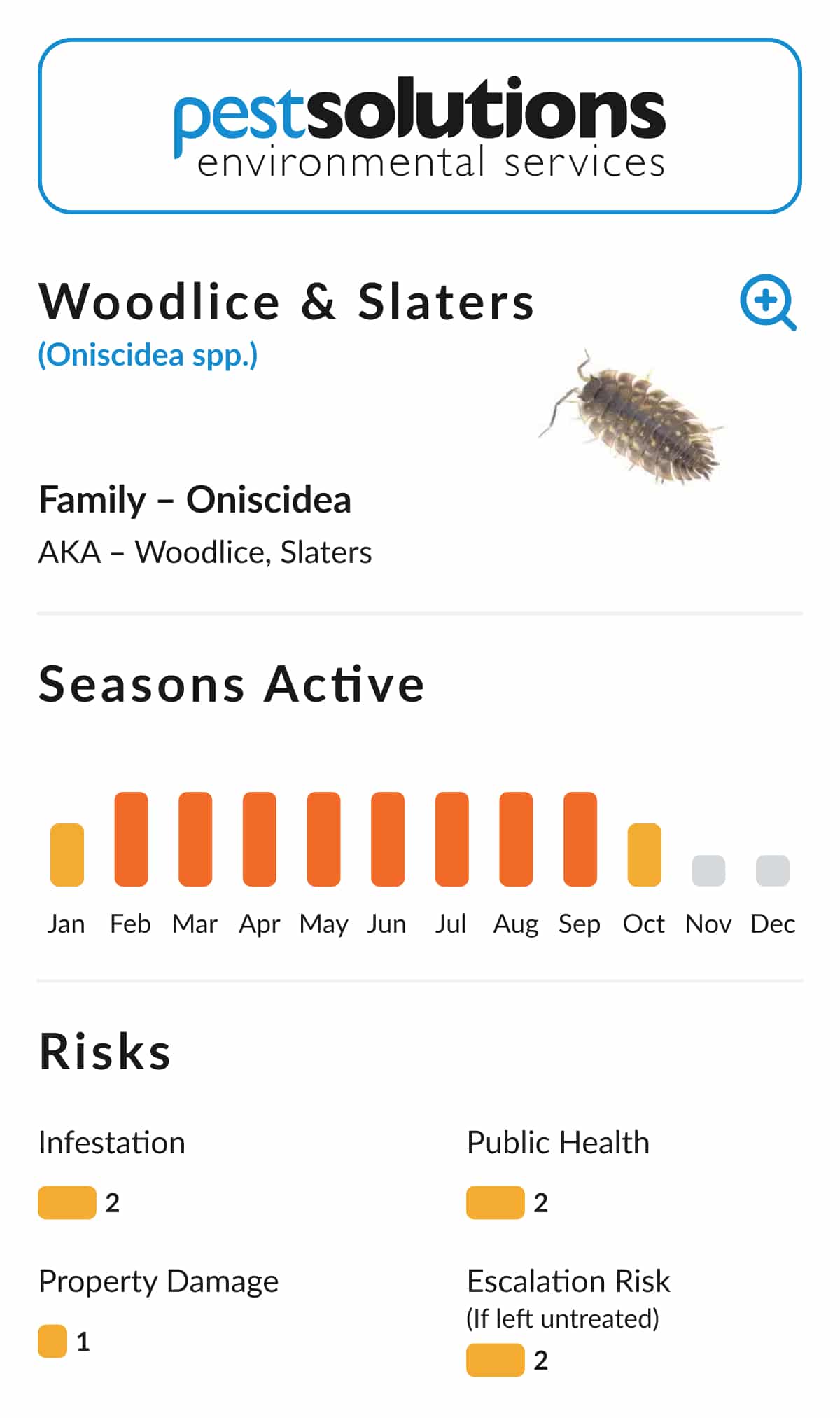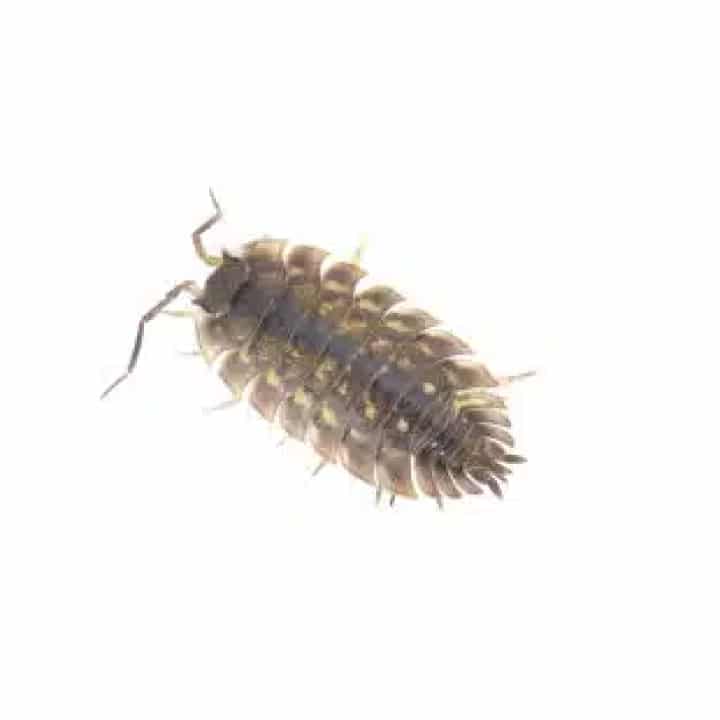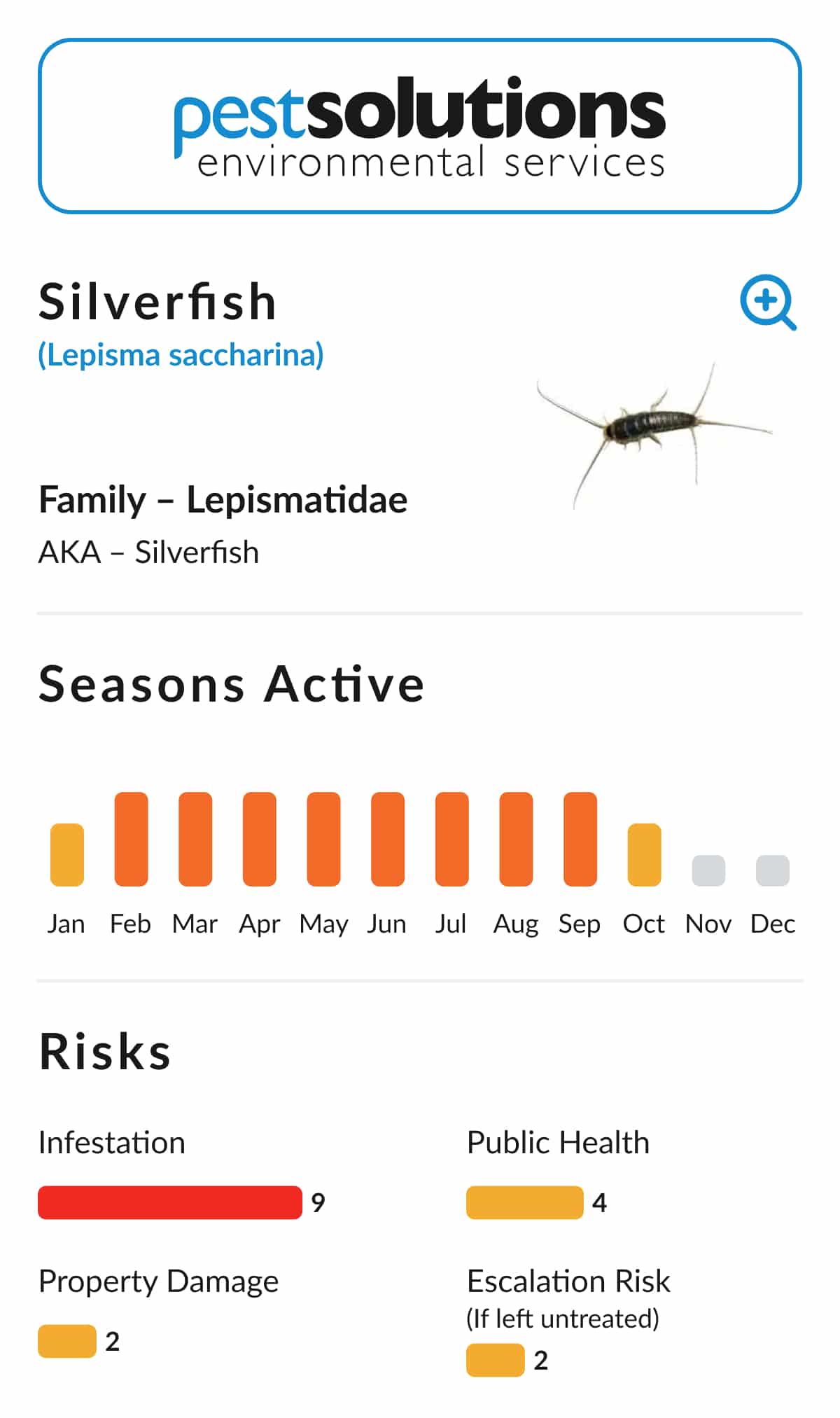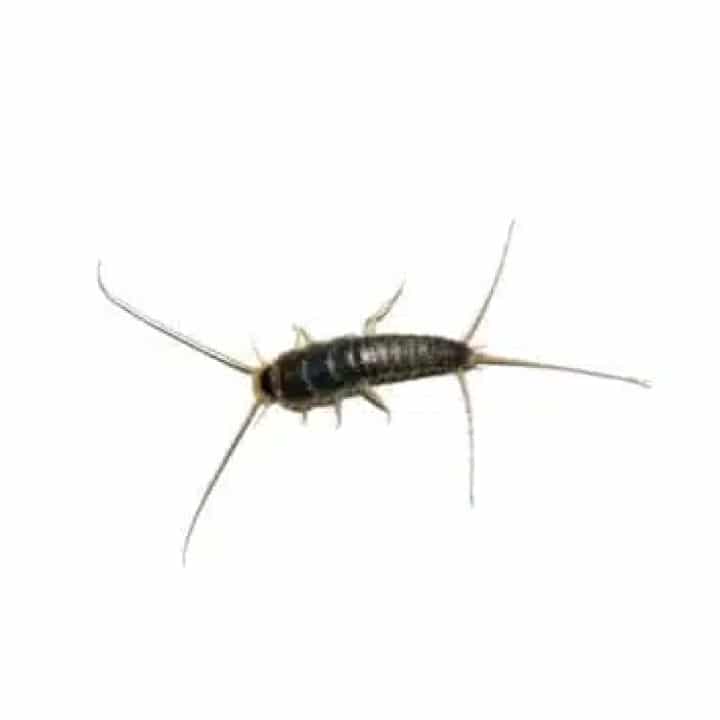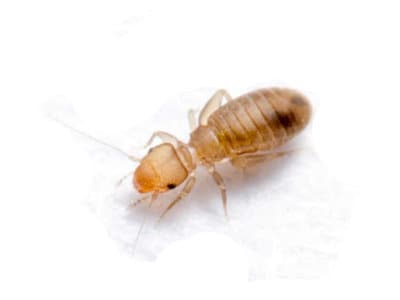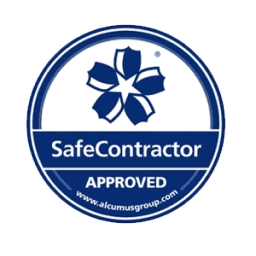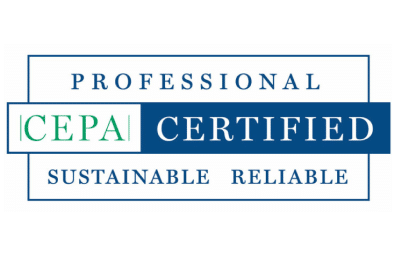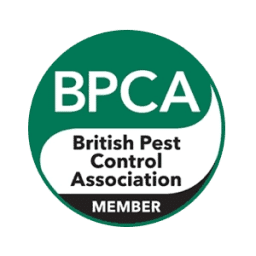Identifying Booklice
Booklice are very small, typically around 1.5 mm in length with soft bodies. They are often pale or translucent in colour and have a somewhat flattened appearance. Their most distinctive feature is their long, thread-like antennae. Unlike true lice, booklice do not bite humans or animals and are not blood-feeders.
Signs of Booklice Infestation
Signs infestation by booklice often include the presence of the insects themselves, especially in areas with high humidity. They are commonly found in and around books, cardboard boxes, stored papers, and other cellulose-rich materials. You may also notice small, irregular holes or damage to paper and cardboard caused by their feeding.
Booklice Biology & Lifecycle
Booklice undergo an incomplete metamorphosis, with three life stages: Egg, Nymph, and Adult.
The lifecycle begins when adult female booklice lay tiny, oval-shaped eggs. These eggs are often deposited in concealed, protected locations like crevices, cracks, or within the bindings of books. The exact number of eggs laid by a female can vary, and it depends on factors such as environmental conditions and the species of booklouse.
When the eggs hatch, nymphs emerge. Nymphs closely resemble adult booklice in terms of their appearance, except they are smaller. Nymphs are often translucent or pale in colour and have long antennae. They go through a series of moults during this stage, shedding their exoskeleton as they grow. The number of moults and the time it takes to reach adulthood depends again on environmental factors, especially temperature and humidity.
Once the nymphs have undergone the necessary moults and reached maturity, they become adult booklice. Adult booklice are typically wingless, though some species may have vestigial wings that do not allow them to fly. Adult booklice are responsible for reproduction and so will mate and lay eggs, continuing the lifecycle.
Booklice Behaviour
Booklice are scavengers with a preference for a diet of microscopic moulds, fungi, and other organic detritus. They feed on spores, hyphae, and other small particles found on organic materials like paper, cardboard, and books. Their feeding activity can result in the development of small, irregular holes in these materials and result in significant damage to materials like books or stored documents.
Booklice are highly sensitive to humidity levels. They are attracted to areas with high moisture content. Excessive humidity is essential for their survival and reproduction. They often infest environments with ongoing moisture issues, such as damp basements, bathrooms, and kitchens.
Booklice are primarily nocturnal creatures. They are most active during the night, preferring to forage and reproduce in the dark. During the day, they hide in concealed, undisturbed locations. When booklice are disturbed or exposed to light, they tend to scuttle away quickly, seeking refuge in dark, sheltered areas.
These insects have a flattened body shape and a pale or translucent appearance, which helps them blend in with their surroundings. They tend to hide in crevices, cracks, and dark corners, making them challenging to detect.
Risk of Booklice Infestation
While booklice themselves do not pose a direct health risk to humans or pets, their presence can be indicative of high humidity and mould issues in a building. Additionally, they can cause significant damage to books and paper items, which may be of concern to collectors or libraries.
Booklice are known to feed on paper, cardboard, books, and other cellulose-rich materials. Their feeding activity can result in the development of small, irregular holes and damage to valuable items. This can be a significant concern for collectors, libraries, and anyone with important paper documents or books.
The presence of booklice in a particular area is often indicative of high humidity and moisture problems. While booklice themselves do not cause these issues, their attraction to damp environments can be a warning sign of underlying structural or plumbing problems. Unaddressed moisture problems can lead to more severe issues like mould growth and structural damage.
High humidity conditions that attract booklice can also compromise indoor air quality. Excessive moisture can promote the growth of moulds and mildew, which can release allergenic spores into the air. This can be a concern for individuals with allergies or respiratory conditions.
Significance of Controlling Booklice
Booklice are known to feed on paper, cardboard, books, and other cellulose-rich materials. Controlling booklice helps prevent the damage they can cause to valuable items, such as collectible books, historical documents, and important paperwork. This preservation of property can have significant financial and sentimental value.
Excessive humidity, often associated with booklice infestations, can lead to mould growth. Controlling booklice and the moisture issues they signify can improve indoor air quality by reducing the release of allergenic spores into the air. This benefits the health and comfort of occupants, especially those with allergies or respiratory conditions.
Booklice are strongly attracted to environments with high humidity and moisture problems. By controlling booklice, you are prompted to address the root cause of the infestation, which often involves resolving underlying moisture issues. This helps maintain the structural integrity of buildings and prevents the growth of moulds and mildew.
Booklice infestations can spread to other parts of a building, making them more challenging to manage. Controlling booklice early on can prevent the infestation from becoming more extensive, affecting additional areas and causing additional damage.
Controlling Booklice Infestations
Controlling booklice infestations involves a combination of strategies aimed at eliminating these tiny insects and preventing their return.
First, the source of the infestation should be identified. Check for areas with high humidity, dampness, and organic materials that booklice may be feeding on, such as paper, cardboard, or books. The infested areas should be thoroughly cleaned to remove organic debris, including mould and mildew. Clean and dry affected items such as books, documents, and cardboard boxes.
Lower the humidity levels in infested areas and maintain humidity below 50%. Ensure proper ventilation in the affected areas to reduce humidity and moisture buildup and improve air circulation. Any moisture sources like water leaks, condensation, and plumbing issues should also be addressed. Addressing these factors will create an inhospitable environment for booklice.
Application of a suitable insecticide application may be required. This should be assessed by a qualified pest management professional.
Preventing Booklice Infestations
Preventing booklice infestations involves creating an environment that is inhospitable to these tiny insects. By addressing the factors that attract booklice, such as high humidity and the presence of organic materials, you can significantly reduce the risk of infestations.
Use a dehumidifier to maintain indoor humidity levels below 50%. This is a crucial step because booklice thrive in high-moisture environments. Ensure proper ventilation in your living spaces. Use exhaust fans in kitchens and bathrooms, open windows for fresh air, and install vents where needed to reduce moisture buildup.
Repair any water leaks, dripping faucets, or plumbing issues that may contribute to excess moisture.
Insulate and weatherproof windows and doors to prevent condensation, which can increase humidity.
Regularly clean and dust your living and storage spaces to eliminate the accumulation of organic debris that booklice feed on. Pay attention to areas where books, documents, or cardboard are stored. Store items off the floor, away from walls, and in well-sealed containers to prevent booklice from reaching them.
Regularly maintain your home or storage areas to ensure that humidity levels are controlled and there are no hidden sources of moisture or organic material accumulation. Address structural problems, such as roof leaks, damp foundations or further issues which may contribute to high humidity levels.
Barklice vs Booklice
Despite their similar names, booklice are significantly smaller than barklice, which are more often found in trees and the damp conditions of the outdoors than targeting the starchy foodstuffs of your kitchen cupboards.
DIY booklice Pest Control
For established or persistent infestations, DIY pest control can often prolong the issue rather than resolve it, particularly if the source of the infestation has not been identified or the root cause has not been resolved.
DIY solutions may sometimes appear to work by temporarily reducing the visible population of booklice. However, if the underlying issue, such as high humidity, is not resolved, booklice will return.
In some cases, DIY attempts to control booklice (psocids) may consume a significant amount of time and resources without achieving satisfactory results.
When to Call a Professional
If the booklice infestation is widespread and severe, with a large population of insects affecting multiple areas of your home or storage spaces, it may be challenging to control on your own.
As all situations are different, a qualified pest management professional will be able to assess your situation, identify the source and root cause of the issue and determine the best action to resolve the issue.
Call Pest Solutions to Get Rid of Booklice Today!
Pest Solutions have local Branches across Scotland, England, Wales and Northern Ireland. Our expert local techs are at hand to attend today. Call now to get an experienced Pest technician visit and get that Pest problem under control swiftly.
Get the details of your local Pest Solutions Branch here or call our national advice line on 0800 027 2555 to arrange a FREE survey or a service visit.
Find out more about how to get rid of Booklice
